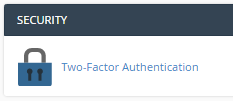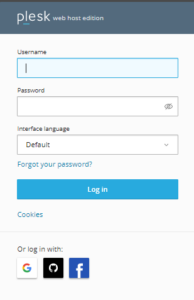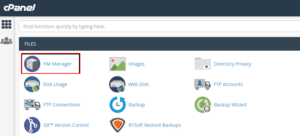How to Run SQL Queries in phpMyAdmin
In this tutorial will demonastrate on how you can run SQL Queries in phpMyAdmin. Step 1: Go to cPanel > Software >phpMyAdmin. Step 2: Navigate to the area your SQL query will apply to. Select the database or the tables you want run the queries against. Step 3: Click on the SQL tab. Step 4: Type in […]
Read More »



